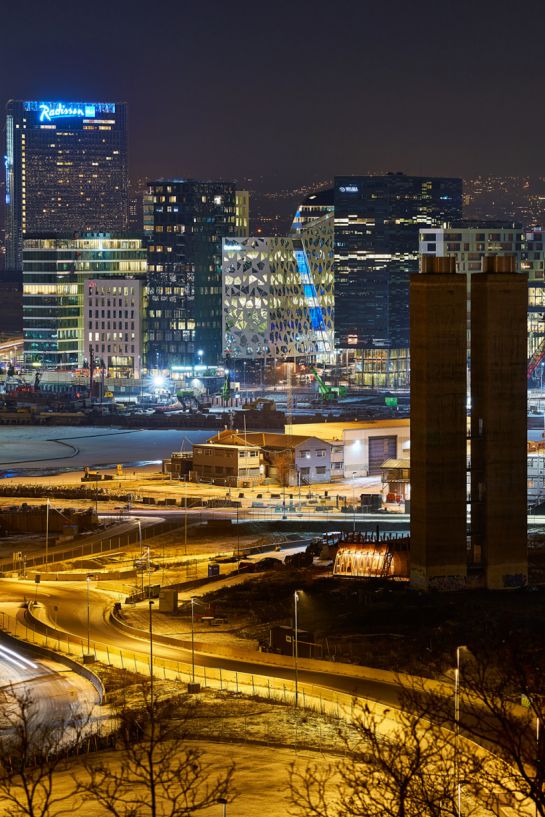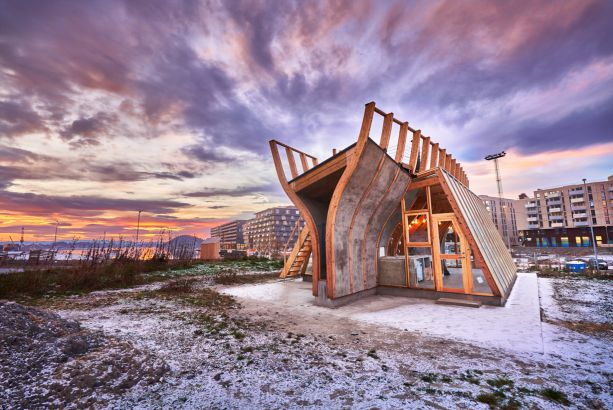
Flatbread Society Bakehouse is centrally located within a larger public space called Losæter. The Bakehouse’s hybrid form extends its function; it is both a sculpture and a gathering space that facilitates artistic production and exchange between various communities.
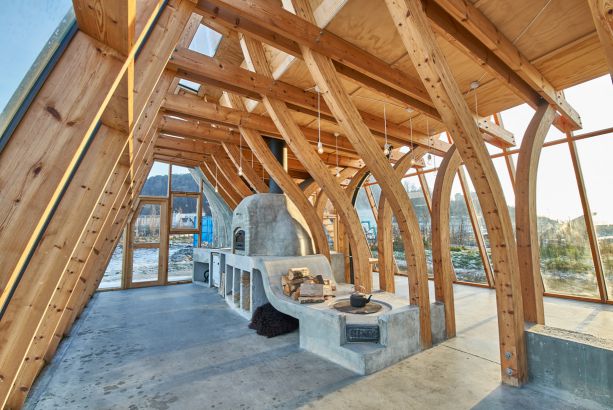
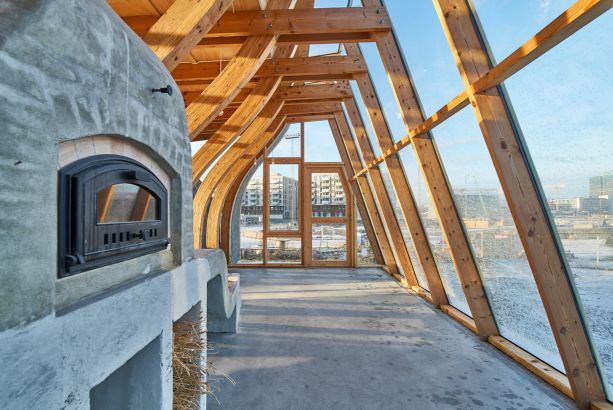
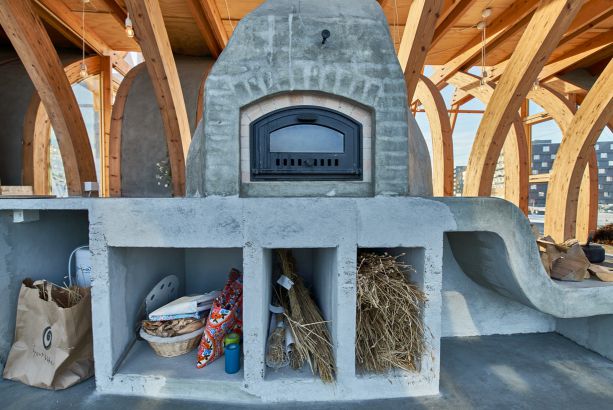
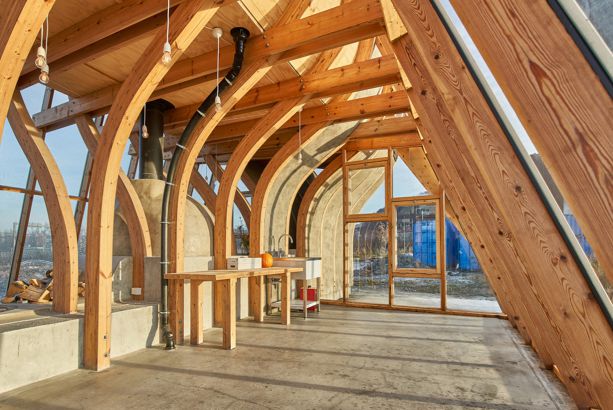
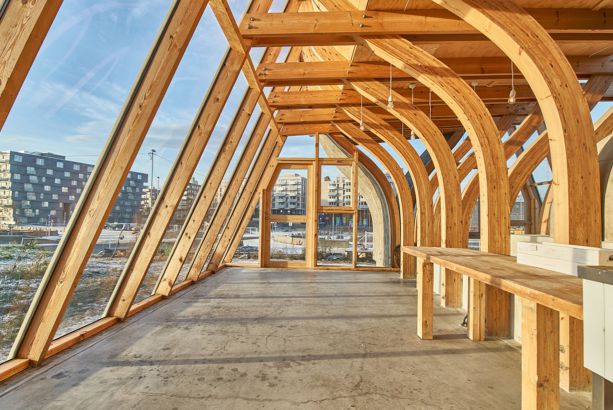
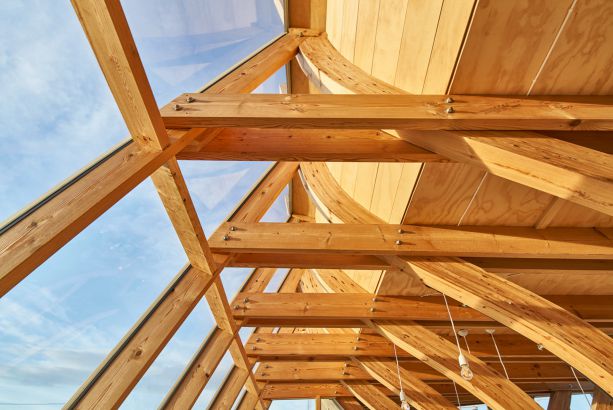
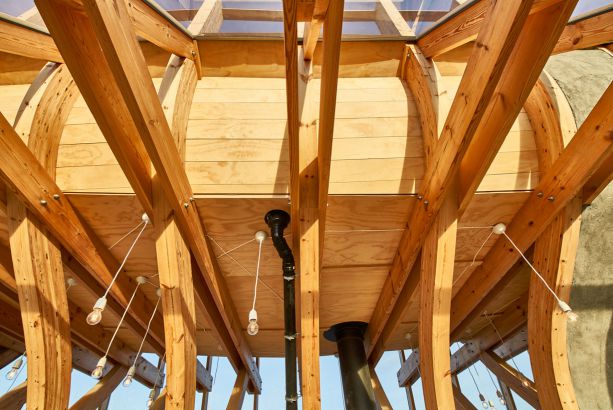
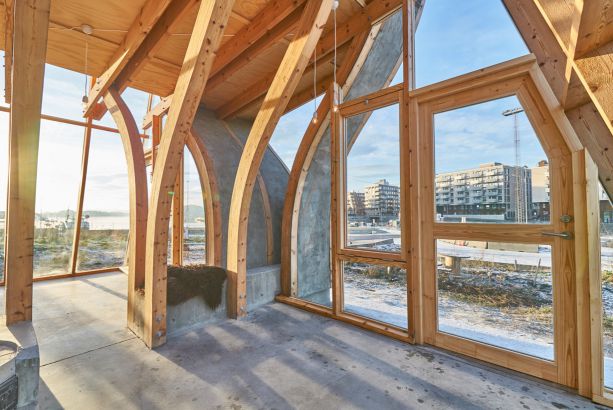
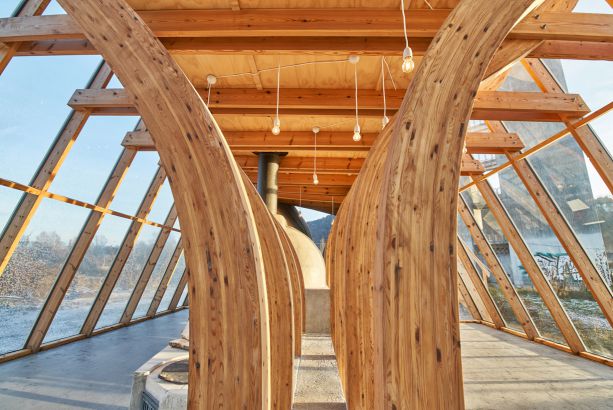
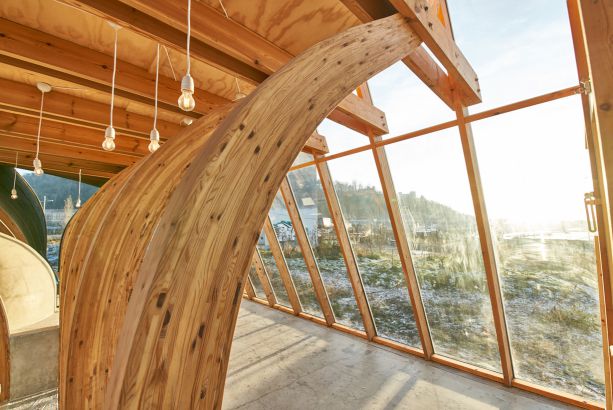
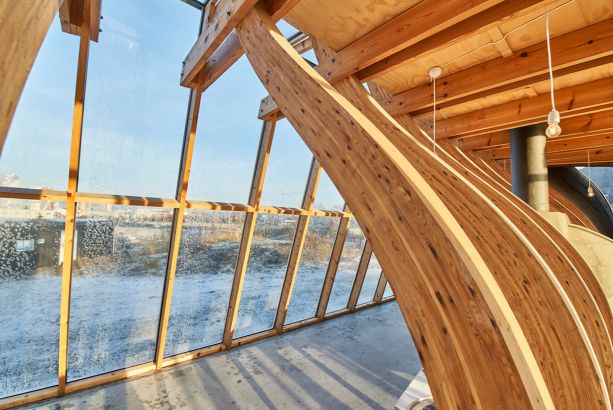
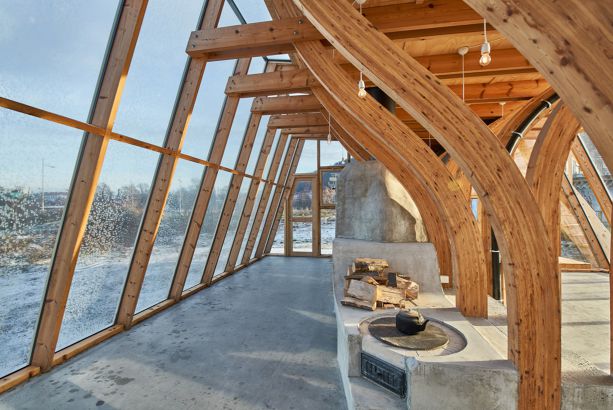
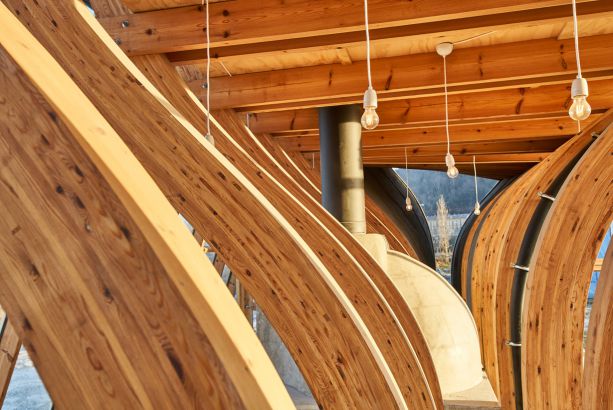

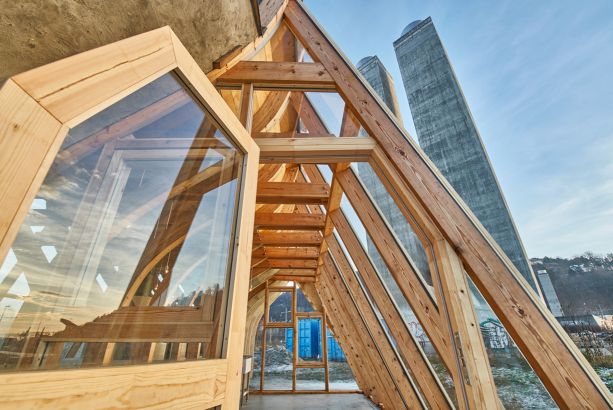
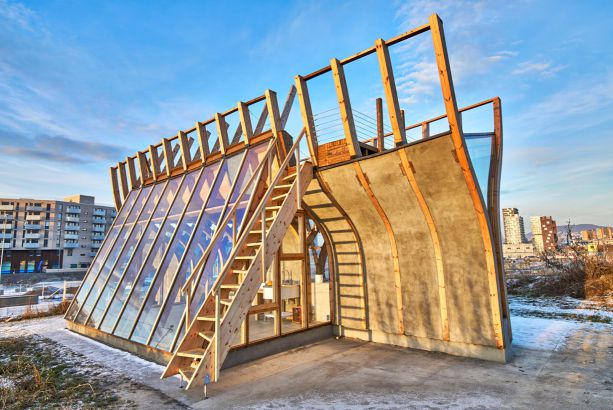
Form
The Bakehouse form emerges as an image of a vessel being built or repaired: scaffolding, clamps and the precarious angles of support beams evoke images of the past when this area was a port and stimulates the imagination in terms of what is to come. Sitting inside of a wooden scaffolding is the skeleton of a boat. The Bakehouse structure hosts two enclosed areas. On one side is a propagation house and on the other side is an earthen meeting room with three bread ovens for making a variety of bread types.
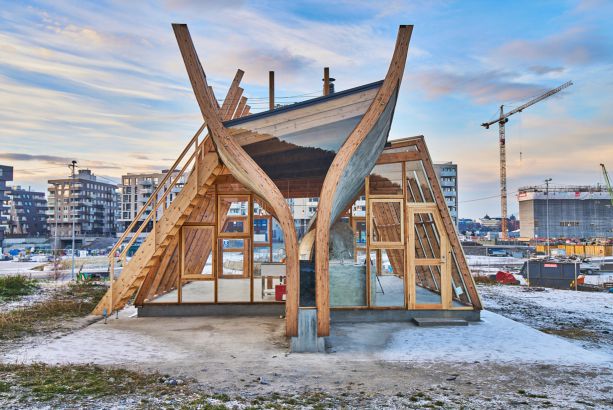
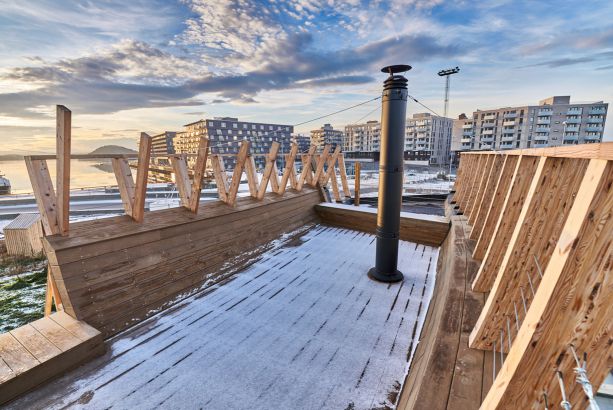
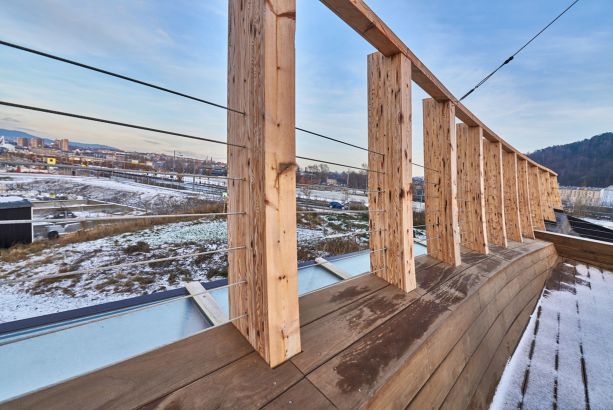
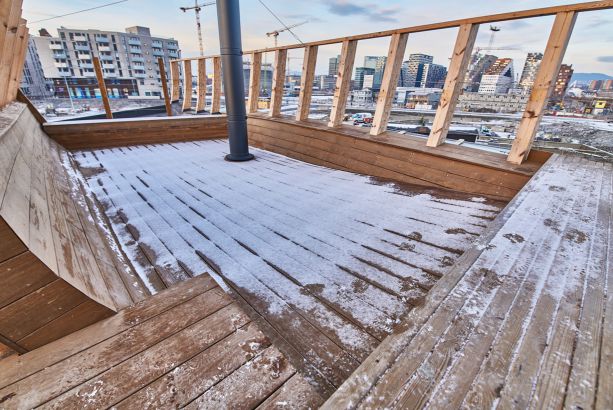
The building itself is a demonstration of self-reliance. It is designed to use the surplus heat from the ovens to heat the propagation house and seating on the roof. A combination of the angles of the walls and roof facilitate rainwater harvesting and condensation in the propagation house to water that plants and maintain a moist climate.
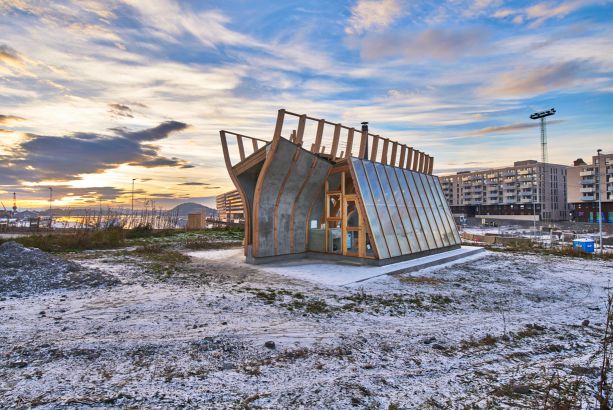
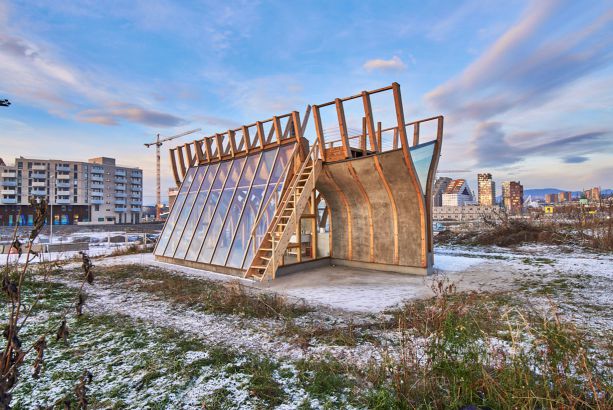
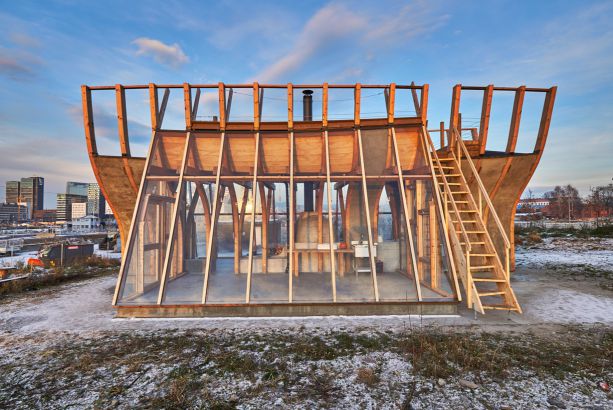
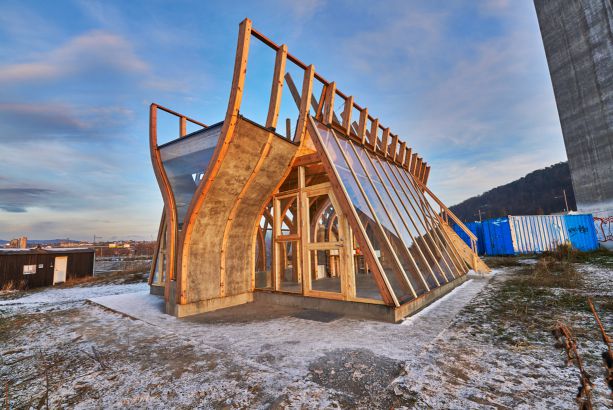
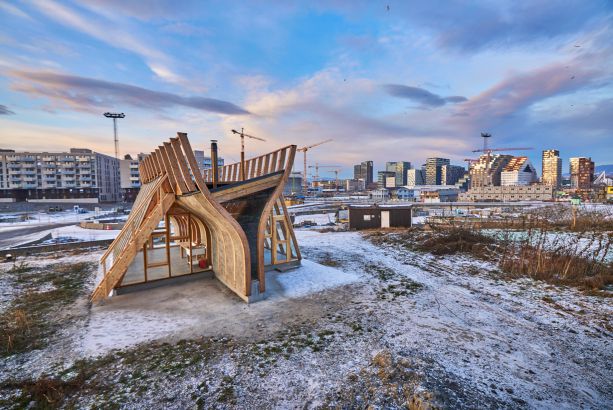
History
Bakehouses were historically used in rural Norway as a place of processing grains into flat bread as a way to store grain for the winter. Flatbread was baked in the shape of small, round discs with a hole in the middle and then hung in the ceilings of homes and bakehouses. Looking much like ancient currency, this Flatbread was referred to as a “storage economy”. Rather than store raw grains, these flat, dry breads hanging in the ceilings were safe from rodents and could store safely for up to 20 years. Bakehouses were used by many members of the community and were often referred to as the church or place where one would get all the local news.
Rescue vessel
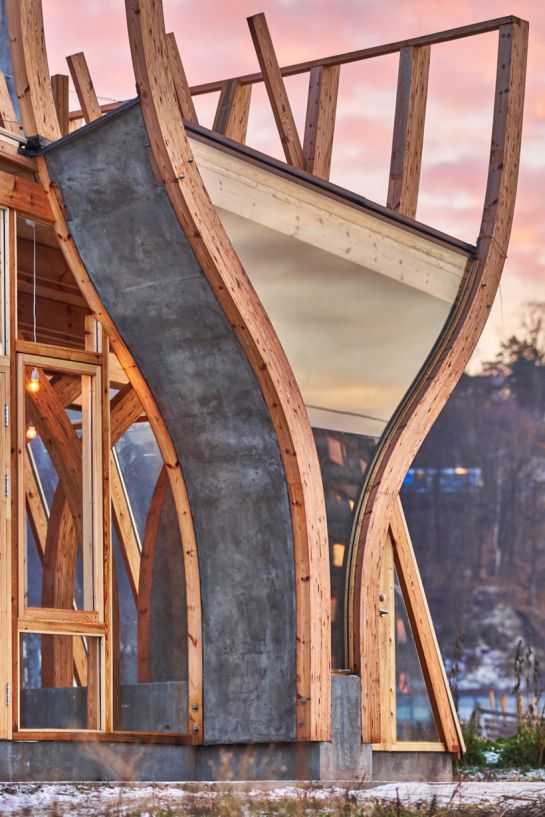
Bakehouse’s hybrid form draws inspiration from these historic bakehouses as well as the maritime history of the port that preceded Losæter. The lines of the main structure of the Bakehouse are informed by the hull of Colin Archer’s famous rescue sailboat, Stavanger built in 1901. The central structure balanced between a propagation house and bakehouse become a vibrant wake upon the land, Losæter.
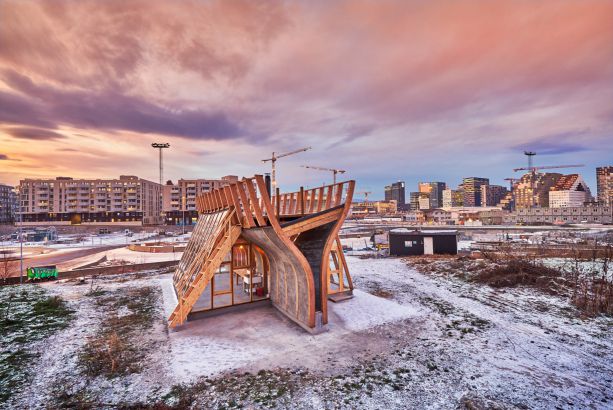
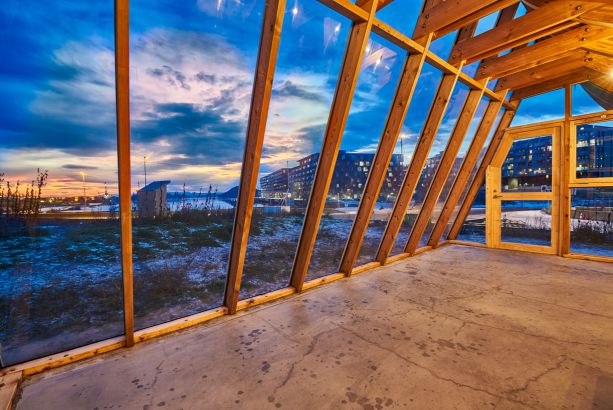
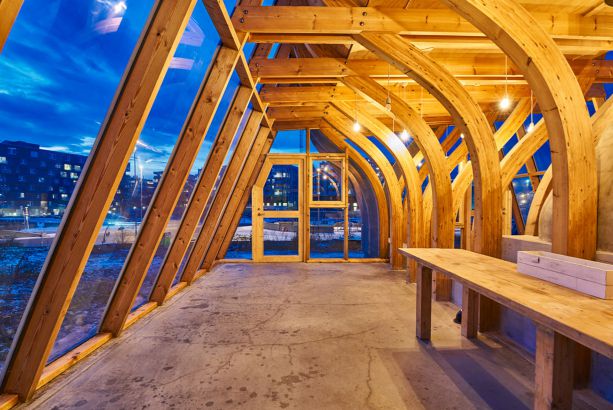
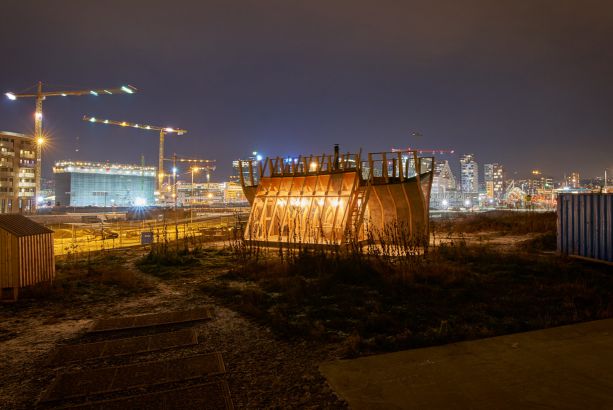
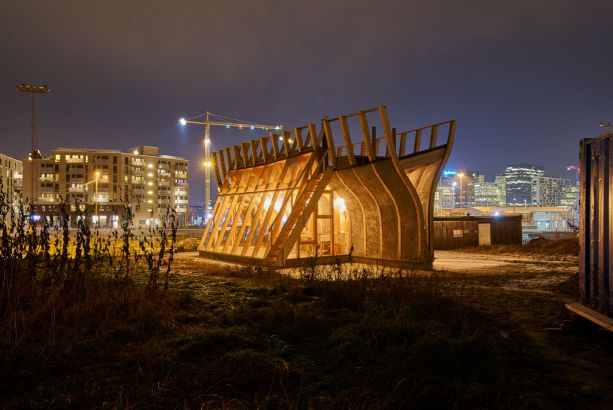
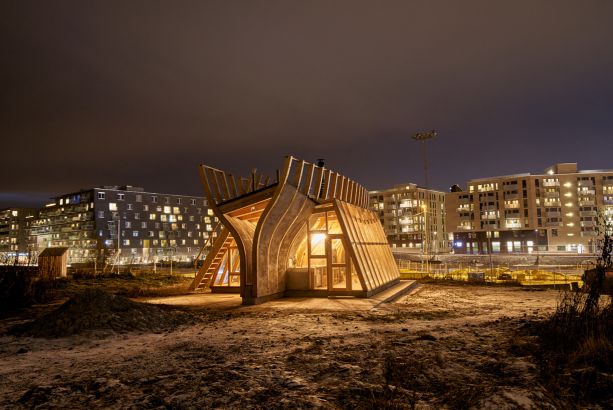
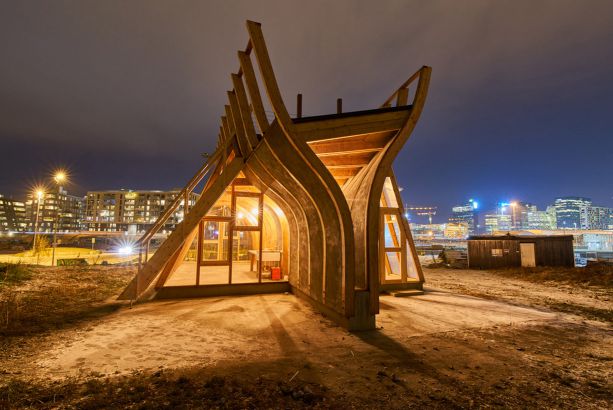
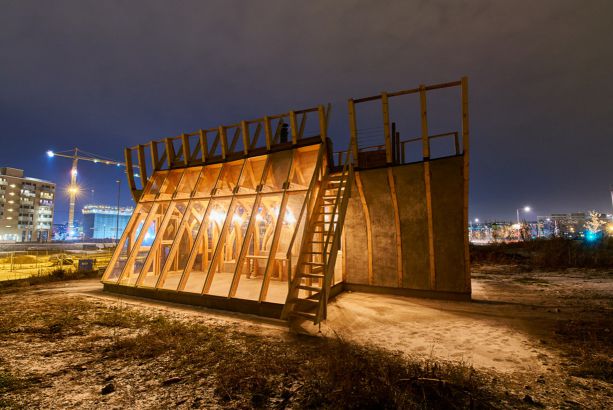
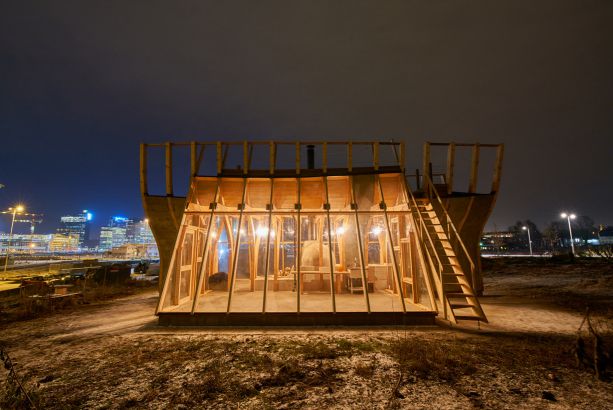
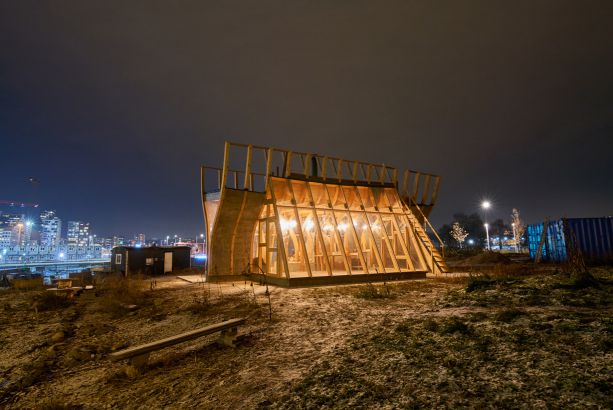
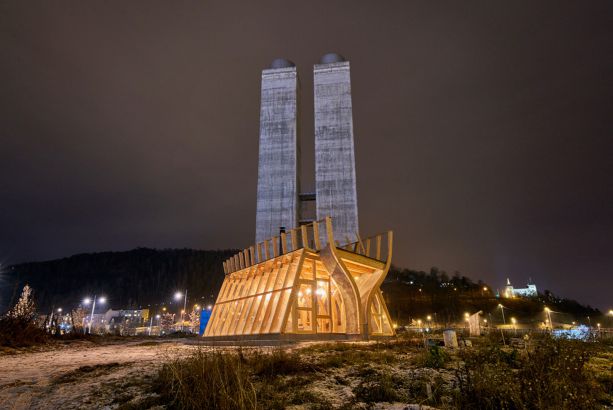
The idea of “rescue” in relation to this structure is key. Colin Archer’s vessels were “slow” and “safe” and connect ideas of exploration and loss to new ideas of rescue and findings. As we collect new grains for the grain field, we re-trace the routes of these seeds and their cultures which re-signifies these voyages from the 21st century vantage of having lost our flotation, lost our way; a “reverse Nansen”, “reverse Humboldt”, reverse “Darwin”, Cook, Magellan or whatever traveler you may want to choose.
